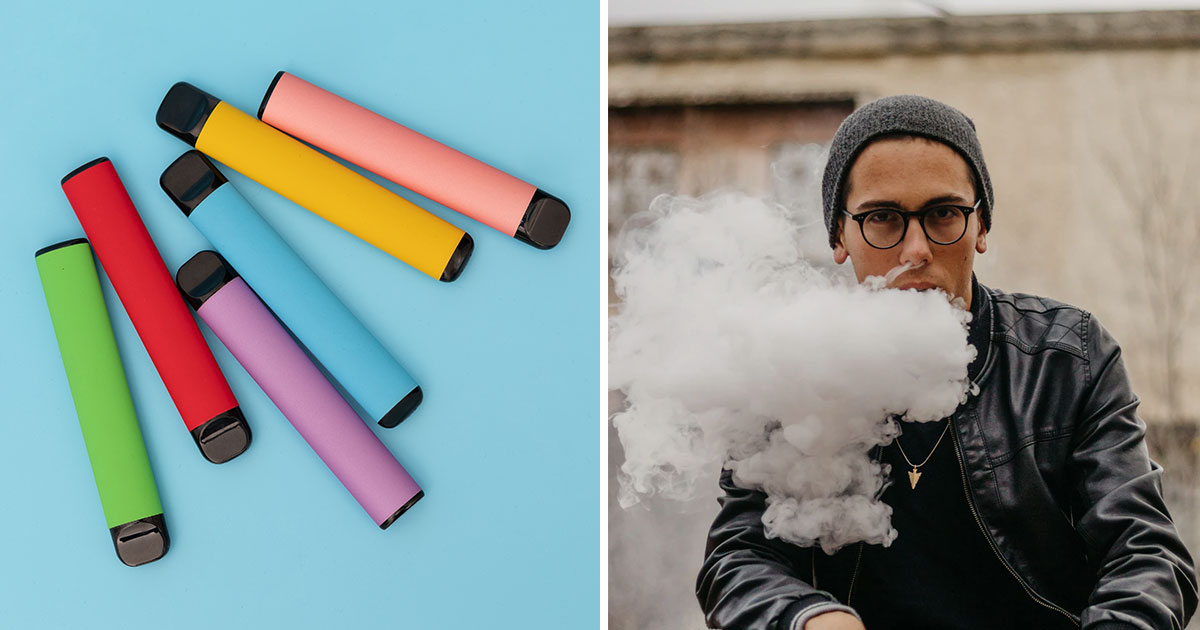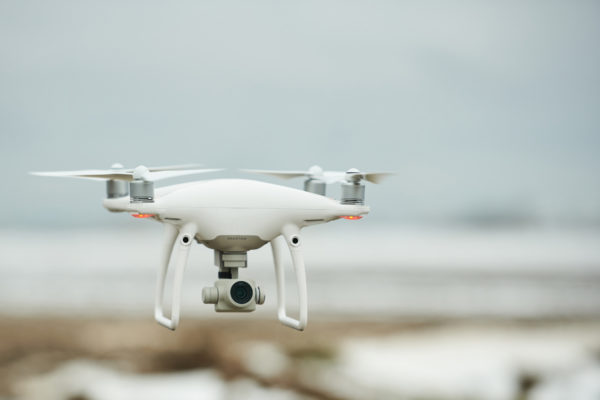Mold infestations can turn indoor environments into hazardous zones, but with the right tactics, rescue from the spores is possible. In this article, we’ll explore effective water damage restoration services tactics employed by professionals to eradicate mold and restore safety to homes and buildings.
- Comprehensive Assessment: Effective mold remediation begins with a comprehensive assessment of the affected area. Trained professionals conduct thorough inspections to identify the extent of the mold infestation and determine underlying causes such as moisture issues. This assessment provides crucial insights for developing a targeted remediation plan.
- Strategic Containment: Containment is essential to prevent the spread of mold spores during remediation. Professionals use strategic containment measures like physical barriers and negative air pressure systems to isolate the contaminated area. This containment minimizes cross-contamination and ensures that remediation efforts remain focused and effective.
- Moisture Management: Addressing moisture is key to preventing mold regrowth. Remediation tactics include identifying and eliminating sources of moisture, such as leaks or high humidity, to create an inhospitable environment for mold. By implementing effective moisture management strategies, professionals disrupt the mold’s life cycle and prevent recurrence.
- Safe Removal and Cleaning: Safe removal and cleaning of mold-infested materials are crucial for successful remediation. Professionals utilize specialized equipment and techniques to remove contaminated materials safely and minimize the spread of spores. Thorough cleaning and disinfection ensure that surfaces are free from mold residues, reducing the risk of regrowth.
- Personal Protective Equipment (PPE): Personal protective equipment is essential to ensure the safety of remediation workers. Professionals are equipped with respirators, gloves, goggles, and protective clothing to protect against exposure to mold spores and toxins during remediation activities.
- Verification and Documentation: After remediation is complete, verification and documentation are conducted to confirm that the mold has been effectively removed. Professionals perform post-remediation inspections and testing to ensure that the environment is safe and free from mold contamination. Detailed documentation provides transparency and accountability throughout the process.
- Education and Prevention: Mold remediation tactics also include educating property owners about preventive measures to minimize the risk of future infestations. Professionals provide guidance on proper maintenance practices, such as regular inspections and prompt repair of leaks, to prevent moisture issues and mold growth.
In conclusion, effective mold remediation tactics involve a combination of assessment, containment, moisture management, safe removal and cleaning, personal protective equipment, verification and documentation, as well as education and prevention. By employing these tactics, professionals can rescue homes and buildings from the clutches of mold and restore safety to indoor environments.


